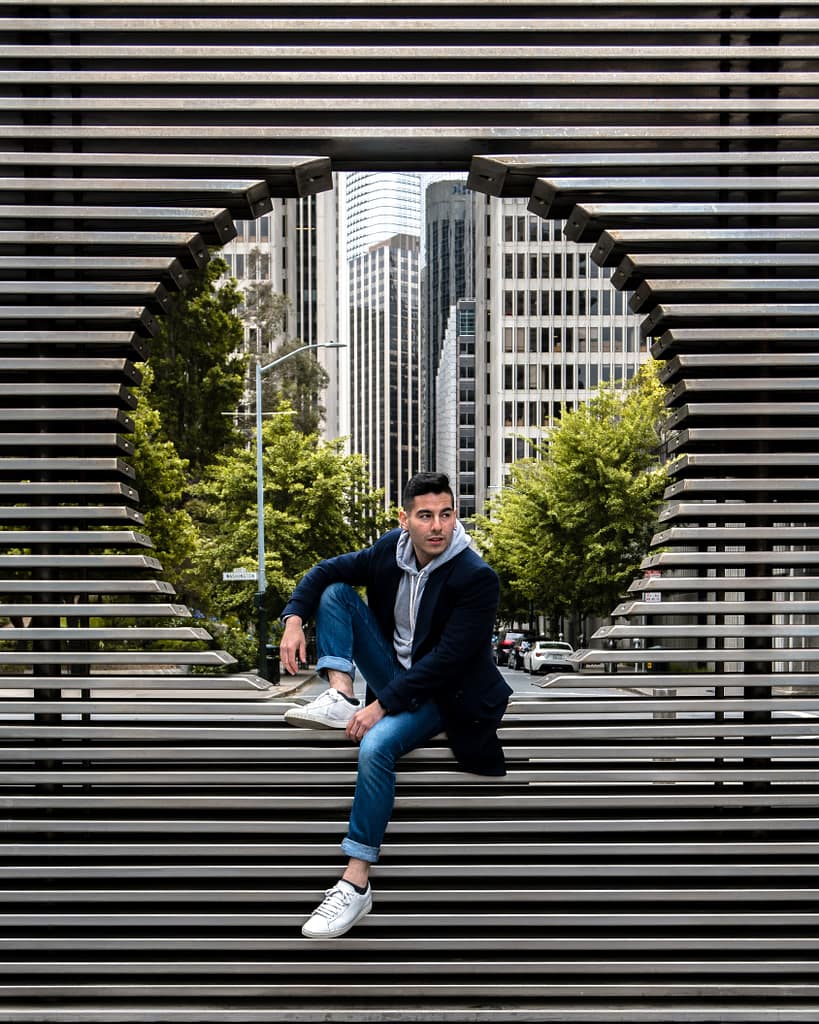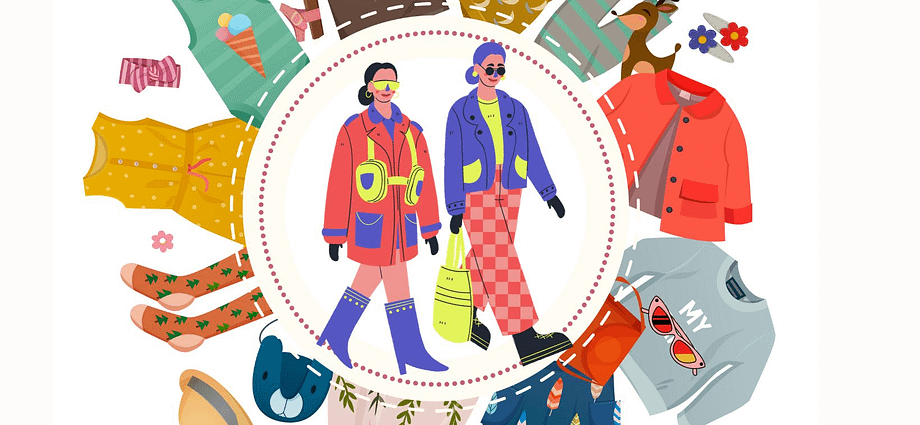In a world where fast fashion dominates, it’s easy to get caught up in the latest trends and forget about the impact our clothing choices have on the environment. But there’s a new movement that’s gaining momentum – circular fashion. So, what is circular fashion and why should you care?
The problem with linear fashion
Before we delve into circular fashion, let’s first understand the problem with the current linear fashion model. Linear fashion follows a linear process – materials are extracted, garments are produced, sold, and eventually discarded. This linear model is not sustainable and has a significant impact on the environment. The fashion industry is the second-largest polluter in the world, emitting greenhouse gases, wasting water, and contributing to landfill waste.
What is circular fashion?
Circular fashion, on the other hand, aims to close the loop by creating a system where materials are reused, recycled, or biodegraded, reducing waste and minimizing the industry’s impact on the environment.
It is a holistic approach that considers the entire lifecycle of a garment – from design and production to use and disposal. Circular fashion encompasses various strategies, such as upcycling, recycling, and using renewable materials, to create a more sustainable and ethical fashion industry.

The benefits of circular fashion
Circular fashion offers numerous benefits to both the environment and consumers:
- By embracing circular fashion, we can reduce the amount of waste generated by the fashion industry.
- Instead of garments ending up in landfills, they can be repurposed or recycled into new products.
- This not only saves valuable resources but also reduces the carbon footprint associated with the production of new garments.
- Circular fashion offers an opportunity to make more conscious and sustainable choices when it comes to our wardrobe.
- By investing in high-quality, timeless pieces that are designed to last, we can reduce our overall consumption and contribute to a more sustainable future.
- Circular fashion also promotes a shift towards a more ethical and transparent fashion industry, where workers are paid fair wages and work in safe conditions.
The impact of circular fashion on the environment

The environmental impact of the fashion industry is staggering. From water pollution due to dyeing processes to the emission of greenhouse gases during production, the linear fashion model takes a toll on our planet. Circular fashion presents a solution to these issues by reducing the need for new raw materials, minimizing waste, and promoting recycling and upcycling.
By embracing circular fashion, we can significantly reduce the amount of water used in the production of garments. For example, recycling and upcycling textiles require less water than producing new fabrics.
Additionally, by extending the lifespan of our clothes through repair and reuse, we can reduce the demand for new garments and subsequently reduce the carbon emissions associated with their production.
“An Individual change can have a Collective Movement!”
How to embrace circular fashion in your wardrobe
Now that you understand the importance of circular fashion, you may be wondering how you can incorporate it into your own wardrobe. Here are some practical steps you can take:
- Shop mindfully: Instead of buying into fast fashion trends, opt for timeless, high-quality pieces that will stand the test of time. Look for brands that prioritize sustainability and ethical practices.
- Repair and reuse: Instead of discarding clothes at the first sign of wear and tear, learn basic sewing skills or find a local tailor who can help you repair and extend the life of your garments.
- Swap or donate: Organize clothing swaps with friends or donate unwanted clothes to charity. This gives your garments a second life and prevents them from ending up in landfills.
- Rent or borrow: If you have a special event or occasion, consider renting an outfit instead of buying something new. You can also borrow clothes from friends or family for a fresh look without adding to your wardrobe. ASOS fans will be happy to know that ASOS have recently set up a renting scheme!
- Recycle and upcycle: When a garment is beyond repair or no longer suits your style, explore recycling or upcycling options. Many brands now offer textile recycling programs where old clothes can be transformed into new products or resold in Charity Shops.
Brands leading the way in circular fashion
Several brands have recognized the importance of circular fashion and have taken steps to embrace this sustainable model. Here are a few examples:
- The R Collective: The R Collective is a social impact company with offices in London and Hong Kong that was founded in 2017 with the goal of reducing fashion waste through rescue, reuse, and recycling. With a conscience, we produce ethical goods and attire.
- Deadwood: Founded in 2012, Carl Ollson and Felix Von Bahder established Deadwood. They developed an idea that reflected their shared values and character and decided to create their own store where they would sell both vintage and emerging brand clothing. They later established their own fashion brand that represented the opposite of everything that was wrong with the fashion industry. They ended up using waste fabric as a result and focus heavily on leather.
- Stella McCartney: Stella McCartney is a pioneer in sustainable and ethical fashion. The brand uses innovative materials such as recycled polyester and vegan leather. They also have a repair program and offer a second-hand platform to buy and sell pre-loved Stella McCartney items.
Circular fashion initiatives and programs
In addition to individual brands, there are several initiatives and programs working towards a circular fashion industry. The Ellen MacArthur Foundation’s “Make Fashion Circular” initiative aims to create a circular economy for fashion, where clothes are designed to be used more, made to be made again, and made from safe and renewable materials.

The Fashion Revolution movement, known for its “Who Made My Clothes?” campaign, advocates for transparency and ethical practices in the fashion industry. They encourage consumers to ask brands about their supply chains and demand greater accountability.
Challenges and obstacles to implementing circular fashion
While circular fashion holds great promise, there are challenges and obstacles that need to be addressed for widespread implementation. One major obstacle is the lack of infrastructure for textile recycling and upcycling. Currently, many garments end up in landfills because there are limited options for recycling them.
Another challenge is the fast-paced nature of the fashion industry. Many brands prioritize speed and profitability over sustainability, making it difficult for circular fashion initiatives to gain traction. Additionally, there is a need for greater consumer awareness and education about the benefits of circular fashion.
Why you should care about circular fashion
Circular fashion offers a sustainable and ethical alternative to the linear fashion model. By embracing circular fashion, we can reduce waste, conserve resources, and minimize the environmental impact of the fashion industry.
Through mindful shopping, repair, reuse, and recycling, we can make a positive change in our own wardrobes and contribute to a more sustainable future. So, next time you’re contemplating a fashion purchase, consider the impact it will have and choose circular fashion!
Join the circular fashion movement today and make a difference in the way you consume fashion. Together, we can create a more sustainable and ethical fashion industry!

